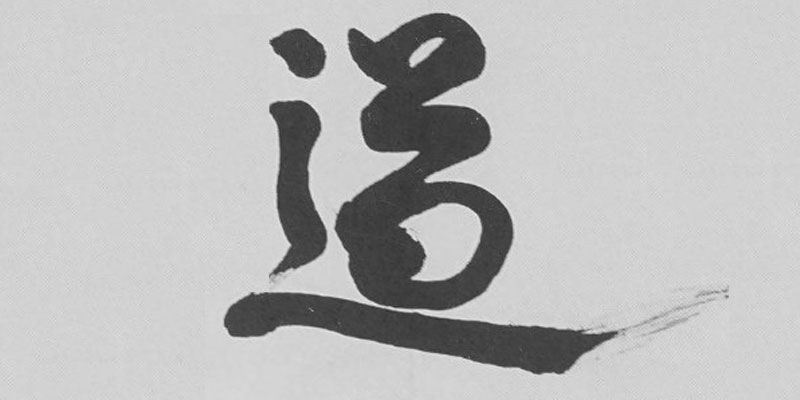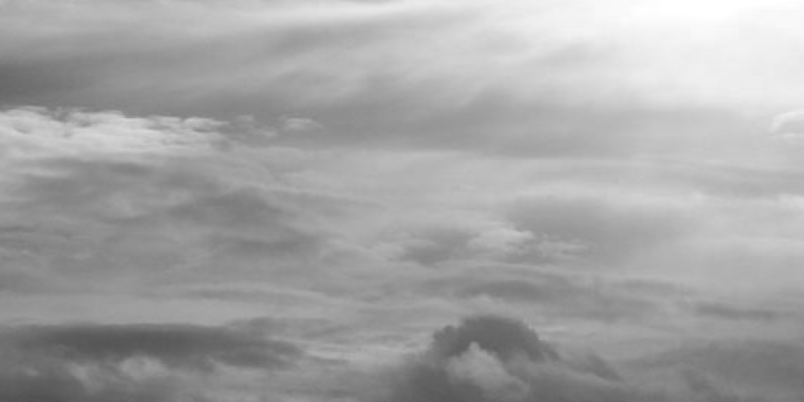-
One Aikido, Many Expressions: Different Styles of a Living Art
Aikido, a modern Japanese martial art created by Morihei Ueshiba 植芝 盛平 (1883–1969), has grown into a worldwide discipline with numerous styles and interpretations. Though rooted in the same philosophical and technical foundation, the different styles of Aikido each carry their founder’s interpretation, emphasis, and training methodology. Here is an overview of some of the most influential Aikido styles and their defining characteristics. Aikikai 合気会 – Aikikai is the original and largest Aikido organization founded by Morihei Ueshiba, carried on by his son Kisshomaru Ueshiba 植芝 吉祥丸 (1921–1999, Second Doshu) and grandson Moriteru Ueshiba 植芝 守央 (Third and current Doshu). It is considered the Honke 本家 style of Aikido and…
-
Aikido: 合氣道 or 合気道?
To determine whether Aikido should be written as 合氣道 or 合気道, it is essential to understand the history and differences between the kanji 氣 (Ki) and 気 (Ki). The character 氣 is the original kanji from China, while 気 is the simplified Japanese version. 氣 (Qi in Chinese) is composed of the radicals 气 and 米. 气 (Qi) is the original form of 氣, pictogram appears in Jiaguwen 甲骨文 (script inscribed on animal bones and tortoise shells) for cloud vapor or moving gas, also representing inhaling and exhaling breath. 米 is rice. The earliest recorded use of 氣 dates back to 25-220 AD, initially associated with food, due to rice…
-
A Journey of Naming: From Daito Ryu to Aikido (Part II)
Around 1934, Ueshiba received an invitation from Takuma Hisa 久琢磨, who was associated with the Osaka Asahi Shinbun 朝日新聞, one of Japan’s major and oldest national daily newspapers, to teach in Osaka. Ueshiba would regularly travel to the Asahi Dojo and taught there for about 3 years. During this period, Ueshiba referred to his art as Dai Nippon Asahi Ryu 大日本旭流. During his time in Osaka, Hisa and others who received instruction took advantage of the resources available at the newspaper company to meticulously document each technique and capture them in photographs and videos. These materials, along with the techniques Hisa later learned directly from Takeda Sokaku, were compiled into…


